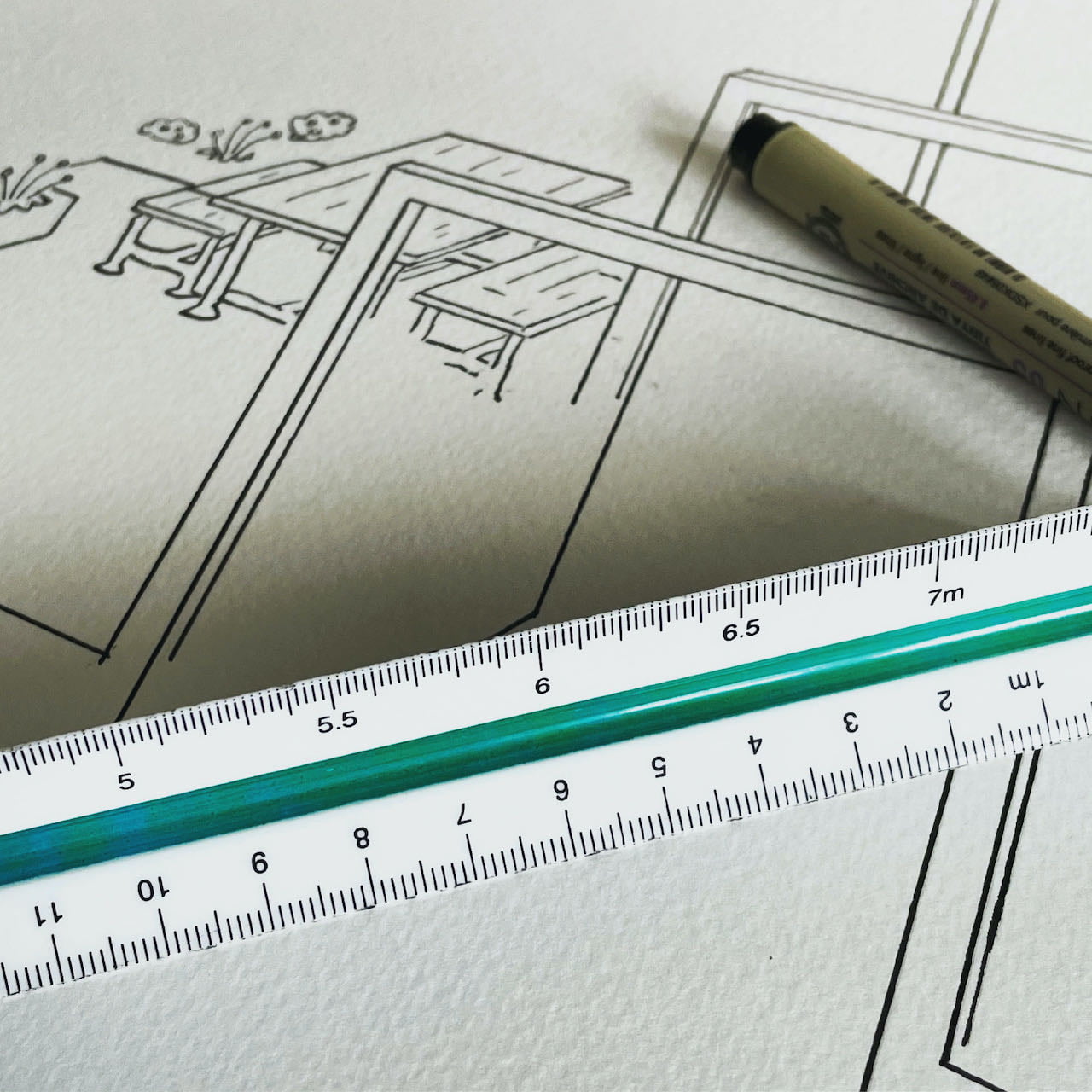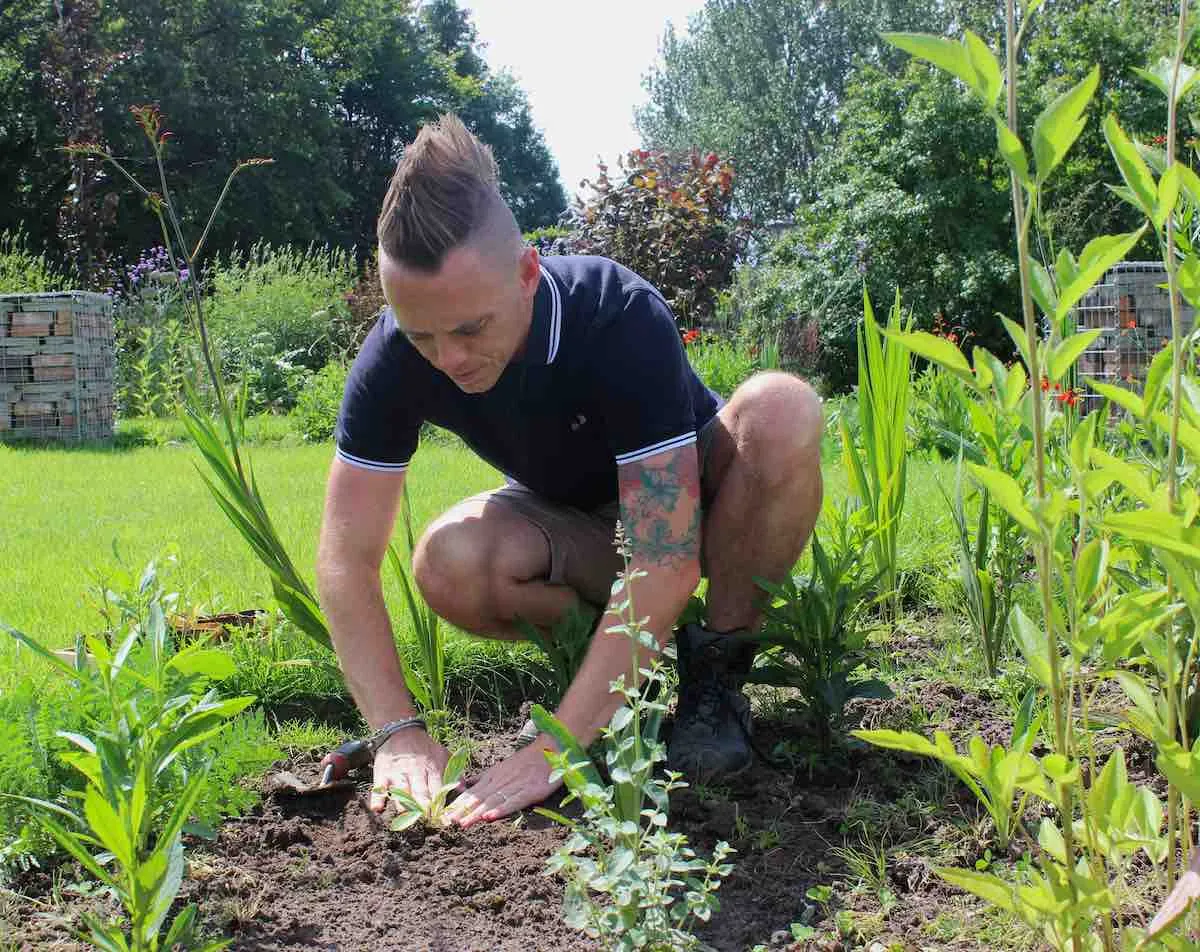Hi Paul,
Many thanks for your question about new build soil types. It's a common problem with people moving into new build homes in that the gardens are often poorly considered. It seems that the garden soil is the last thing to be considered. More often than not simply a couple of tonnes of low-quality soil is dropped on top of whatever debris is left behind from building the house.
Every spade you try and lift hits bricks, rubble or rubbish. Such a shame!
In terms of soil improvement, you want to avoid adding fertiliser and gravel. For years gravel was considered as 'good practice' to increase or improve drainage in the garden. However, it can actually increase waterlogging, especially if just added to an already compacted soil. It just pushes the water elsewhere and can be a waste of time. The same for fertiliser all this will do is boost the nitrogen, prosperous or potassium of the soil temporarily. If you have water logging you need to have proper drainage or a french drain installed. In new build gardens get in touch with the home builder as part of the snagging if water pools and won't disperse.
When we talk about improving soil we need to think about opening up the soil texture or crumb with air, moisture (in some cases) and then organic matter. Don't forget soil is a living organism! We should think about improving it by adding good quality peat free organic matter. Ie compost, well-rotted manure or homemade leaf mould.
https://youtu.be/SL8qCL_fGeM
But before we do anything you need to consider how you're going to use the garden. This is where a good garden designer comes in. They can help you lay it out for what you want to achieve and the theme or look you're going for.
Once you have your design adequately planned out on paper you then need to set about improving the soil for the plants you want. You could use raised beds which allow you to lift the planting area upwards and choose your own soil. This can usually just be placed directly on top of the poor soil and over time mother nature will help create networks of bacteria and creatures between the two!

Alternatively, I would you remove as much debris as possible but don't overwork the soil too much which can damage it. Then I recommend deep mulches twice a year of some really good quality compost. Think 2 inches thick all over the soil you want to plant in to begin with. Over a few years, this soil mulch will help break up the soil and create a wonderful growing medium.
Hopefully that helps and thanks for the question!
Happy Gardening!
Lee
Hi Paul,
Many thanks for your question about new build soil types. It's a common problem with people moving into new build homes in that the gardens are often poorly considered. It seems that the garden soil is the last thing to be considered. More often than not simply a couple of tonnes of low-quality soil is dropped on top of whatever debris is left behind from building the house.
Every spade you try and lift hits bricks, rubble or rubbish. Such a shame!
In terms of soil improvement, you want to avoid adding fertiliser and gravel. For years gravel was considered as 'good practice' to increase or improve drainage in the garden. However, it can actually increase waterlogging, especially if just added to an already compacted soil. It just pushes the water elsewhere and can be a waste of time. The same for fertiliser all this will do is boost the nitrogen, prosperous or potassium of the soil temporarily. If you have water logging you need to have proper drainage or a french drain installed. In new build gardens get in touch with the home builder as part of the snagging if water pools and won't disperse.
When we talk about improving soil we need to think about opening up the soil texture or crumb with air, moisture (in some cases) and then organic matter. Don't forget soil is a living organism! We should think about improving it by adding good quality peat free organic matter. Ie compost, well-rotted manure or homemade leaf mould.
But before we do anything you need to consider how you're going to use the garden. This is where a good garden designer comes in. They can help you lay it out for what you want to achieve and the theme or look you're going for.
Once you have your design adequately planned out on paper you then need to set about improving the soil for the plants you want. You could use raised beds which allow you to lift the planting area upwards and choose your own soil. This can usually just be placed directly on top of the poor soil and over time mother nature will help create networks of bacteria and creatures between the two!

Alternatively, I would you remove as much debris as possible but don't overwork the soil too much which can damage it. Then I recommend deep mulches twice a year of some really good quality compost. Think 2 inches thick all over the soil you want to plant in to begin with. Over a few years, this soil mulch will help break up the soil and create a wonderful growing medium.
Hopefully that helps and thanks for the question!
Happy Gardening!
Lee
Bobbi has reacted to this post.
 Lee Burkhill: Award Winning Designer & BBC 1's Garden Rescue Presenters Official Blog
Lee Burkhill: Award Winning Designer & BBC 1's Garden Rescue Presenters Official Blog



